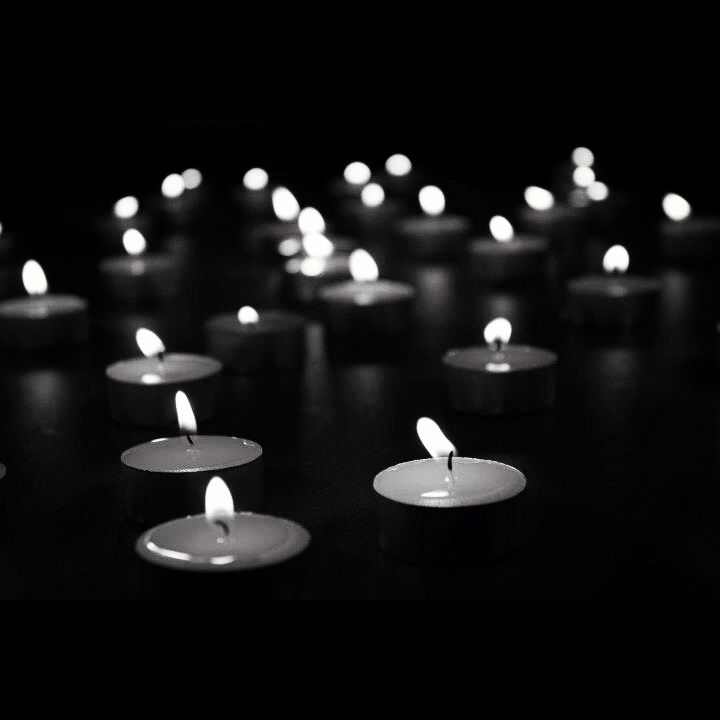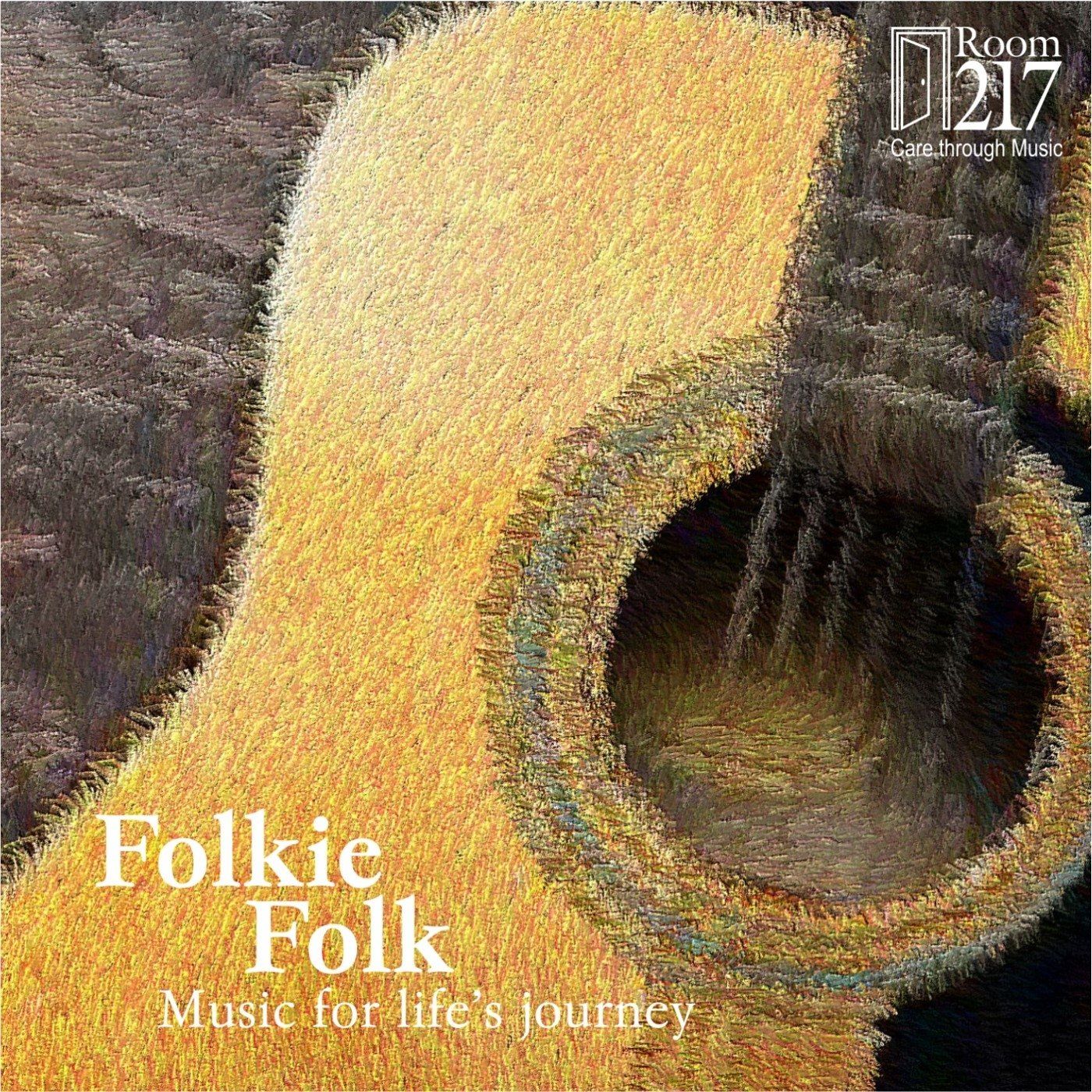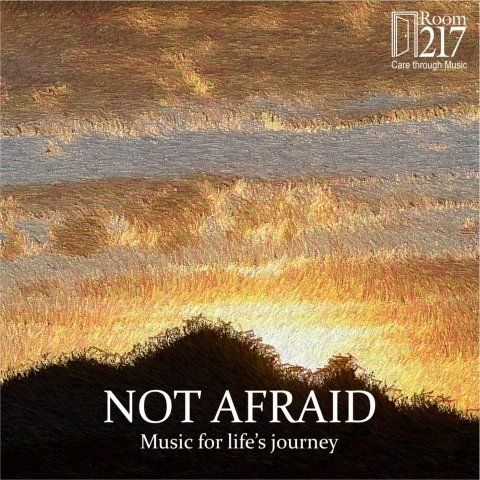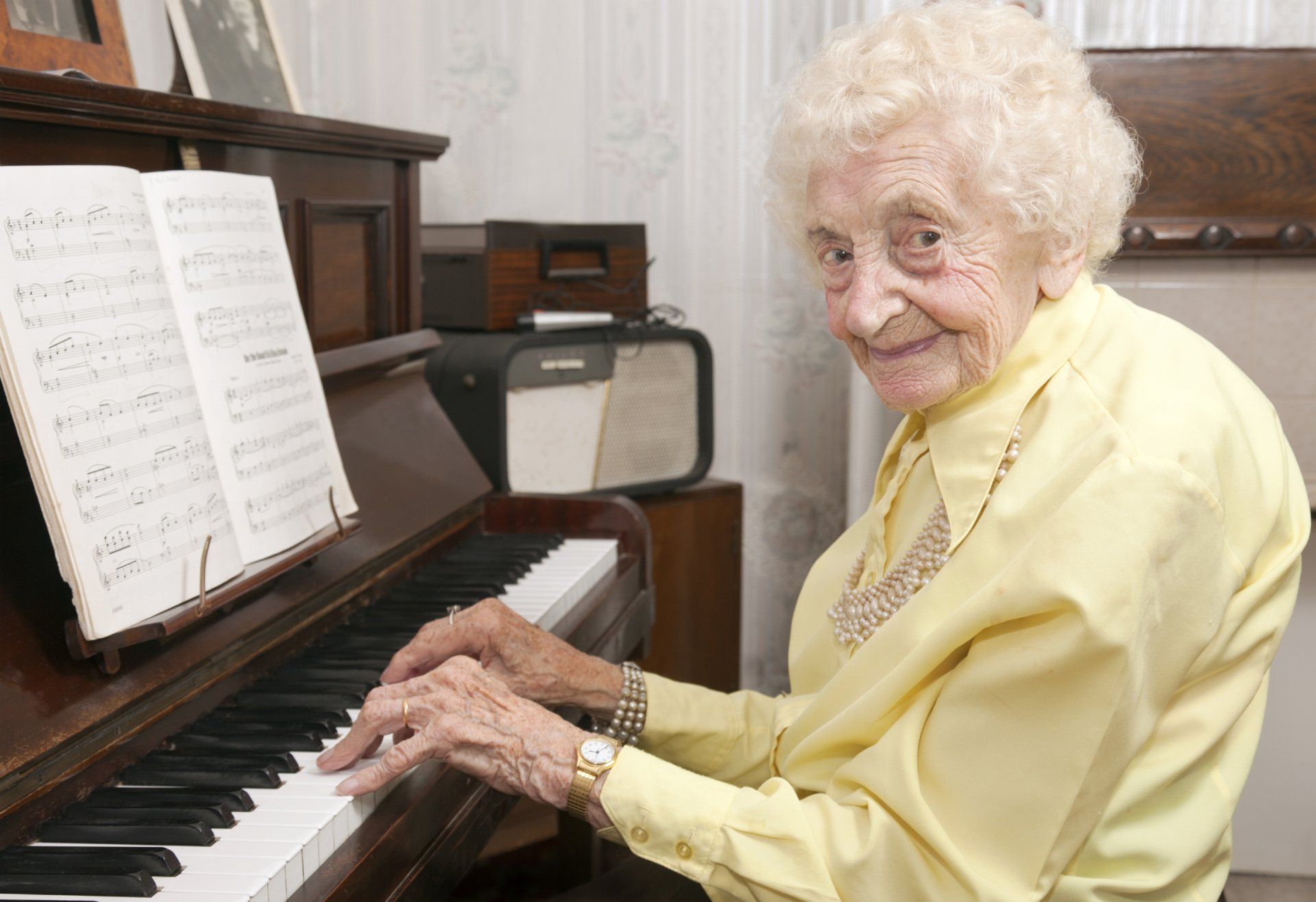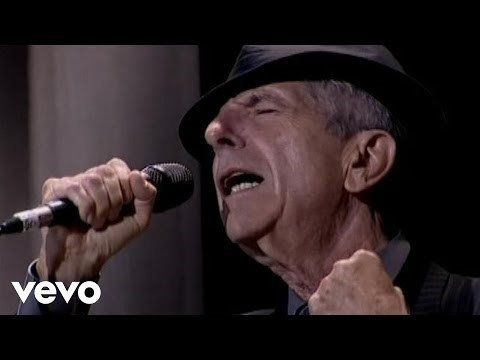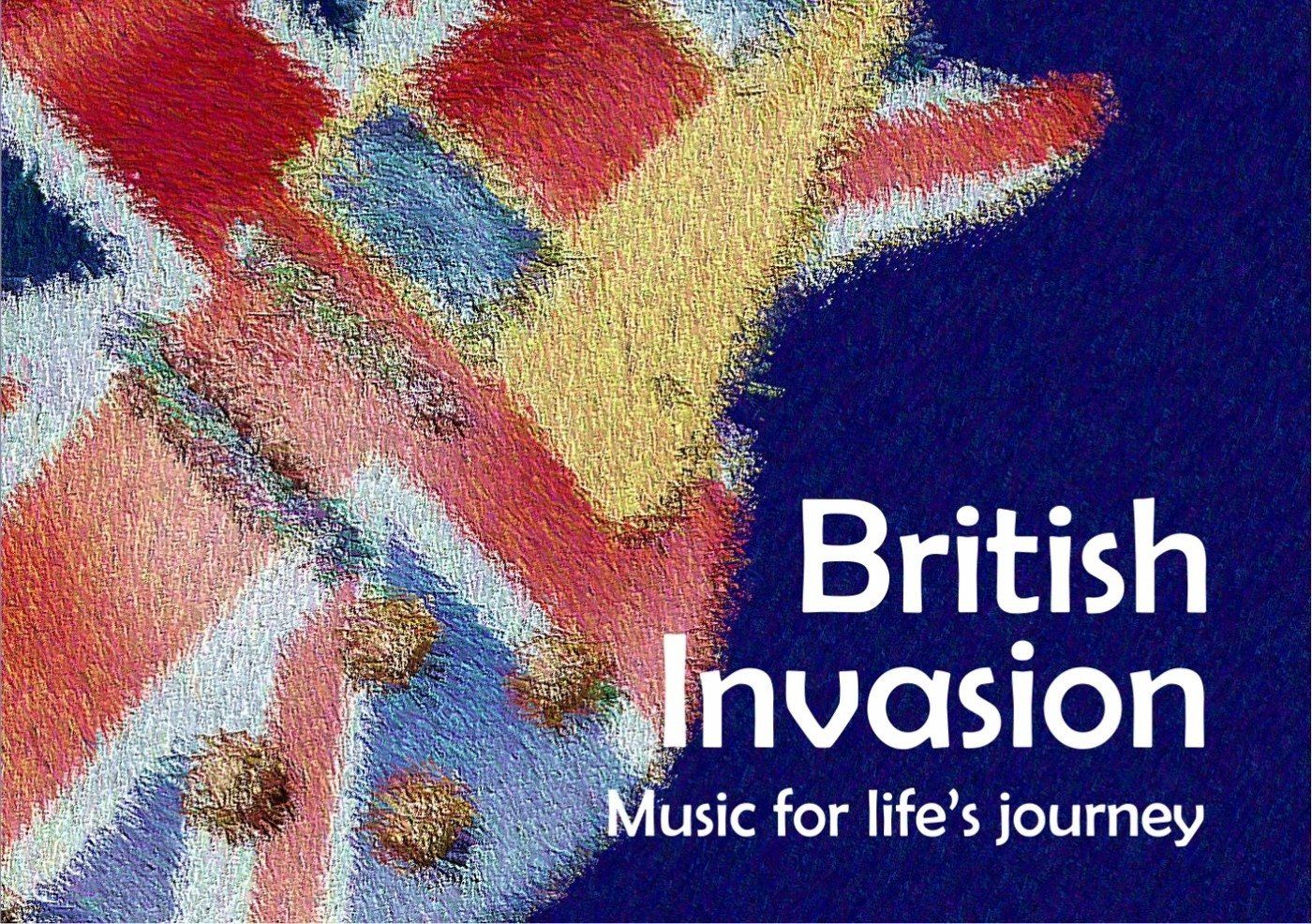Key Change Series Part 6 – Overcoming Barriers to Change
One important step in the process of change and change management is figuring out what roadblocks you might experience along the way. Barriers are things that interrupt the goal of lasting change, and by identifying them ahead of time, disappointment and curve balls may be mitigated.
In the 3-year research project that provided the operational process and evidence behind MUSIC CARE CERTIFY, the enablers and barriers within 27 long-term care homes implementing musical integration were collected and evaluated. We found 4 key factors that became predictors of success or readiness factors. We called them factors because in some cases, the indicator was a barrier and in other cases the exact same issue, handled differently was an enabler. We call these 4 factors, predictors of success: integration, core staff, processes, and delivery.
Integration refers to what it takes to incorporate music into the care setting. Strong, decisive leadership, oversight, and advocacy for music care from the top and from the music care site team leader is critical. When music is perceived as holistic, integral, fun and pleasurable, then it is a huge enabler. When musical care is valued, then there is ongoing financial investment in training and programming. Care recipients need to be involved in making decisions about what happens around music so that music is not done ‘to’ them, rather ‘with’ them. Having a certified music therapist as the site team lead, or on the music care site team is advantageous for musical and clinical expertise. Musical care coaching and mentorship through training and ongoing support through organizations like Room 217 gives caregivers the confidence to use music effectively and responsibly.
Core staff means that there is a group of staff members responsible for music care delivery, and they are all using music as care. Using a relational, person-centred approach, staff is aware of care recipient needs, and knows when music is most appropriate to meet those needs. The workplace culture is predominantly a growth mindset where staff are encouraged to learn, try new things, and think outside the box. There is a drive towards continuous improvement, where evaluation is a best practice, including professional reflective practice. Staff is adaptable and can easily flex and adapt to a changing environment and care recipient needs.
Processes comprise the internal operational procedures that impact music care delivery. When recruiting care recipients for music care, residents are prioritized based on their needs. Music care planning has sequential steps and determined accountabilities with resources such as physical space, technology, and musical instruments available for music care. The plans and processes are well communicated and mobilized with the team. Music care tracking and training are well in place and are regularly reported on.
Delivery of music care is reflected by flexibility. Is the music care program or strategy adaptable to language for example, or group size? Having the confidence to deliver music as care does not depend necessarily on your perceived musical talent. Being confident in the process of what you are delivering is most important. When musical care is delivered with social bonding in mind, then inclusivity, whether that is about ethnicity, or socioeconomics, becomes a necessity. Frequency of music care programming or strategy may be an important indicator for success. Delivering music care with a cohesive team approach is optimal.
When music is used as an agent of change, particularly as a change management system like MUSIC CARE CERTIFY, the organization benefits in a number of ways. There are business wins such as differentiation from competitors, strengthening unique sector strategies, showcasing the achievement of your team, boosting morale. There are staff gains. Staff feels supported with new learning, access to music care tools, strategies, training and ongoing support. Staff may feel more resilient by building some personal musical self-care strategies. And we’ve shown some of the measurable changes that music can help to make: improved sleep, improved appetite, greater engagement, safer transitions for example. There really is nothing more person-centred than music care. It is completely customizable.
Most of all, the care experience changes – for everyone in the circle of care. Better care. Improved quality of life. Moments of joy. Empowerment. Human connection; those are the changes we need and are looking for.

